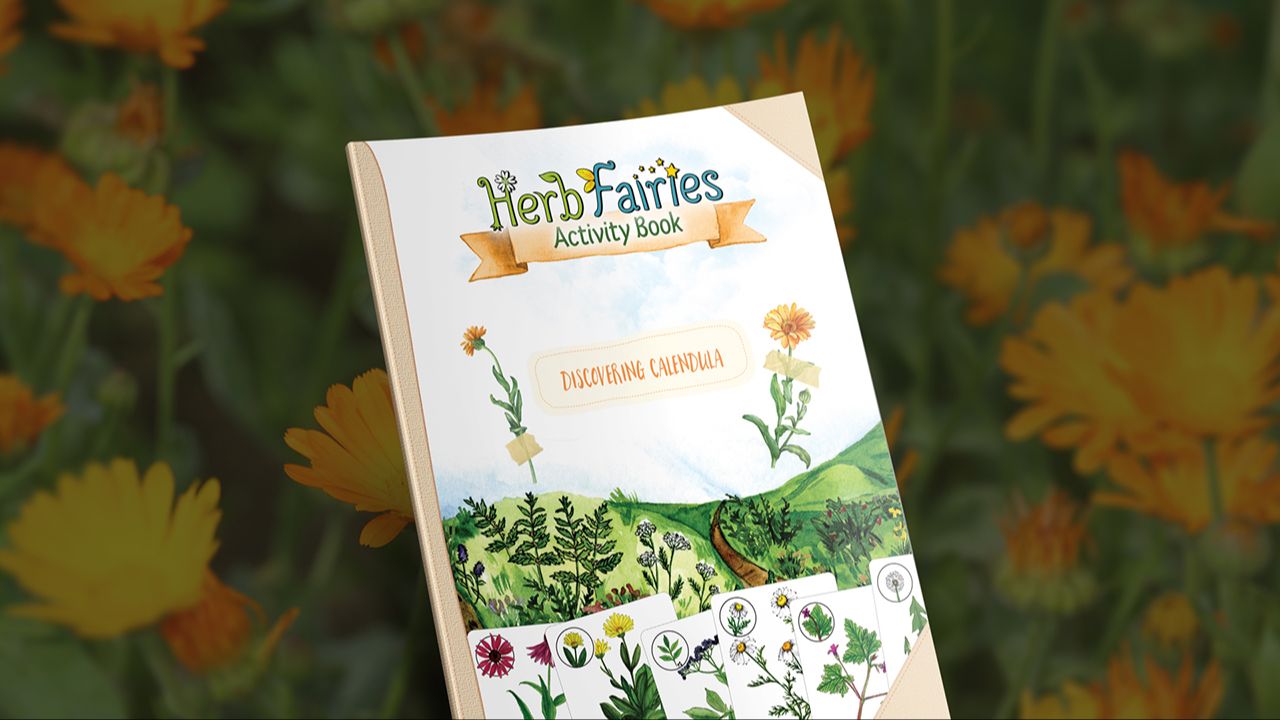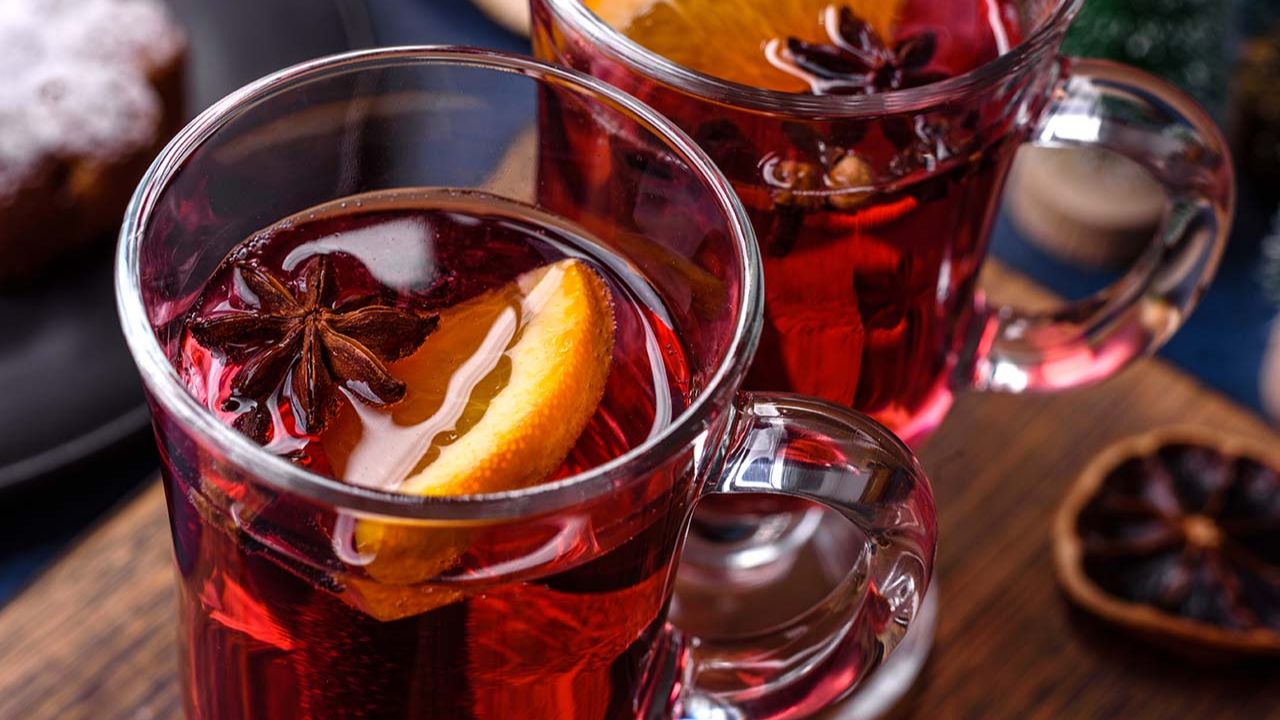
Learning the Medicinal Uses of Herbs
When I first started learning about the medicinal uses of herbs, I dove deep into books and podcasts. Eventually, I got a little overwhelmed with all the information about herbal medicine, so I decided to simply things with a deck of herbal flashcards.
I painstakingly hand wrote this deck on index cards. The flashcards helped me learn everything from the Latin names of medicinal plants to the health benefits of my favorite herbs to the medicinal purposes of common herbal remedies. Sometimes I even created cards to help me remember popular new herbal products and herbal supplements.
Spoiler alert: the cards totally worked! I continued to use them as I went to herb school for two years and to help me stay sharp after graduating. Now I feel confident in my knowledge of the medicinal properties of common herbs and herbal remedies.
In the spirit of sharing that knowledge, here are 12 of those common herbs I included in my original deck of herbal flashcards...

Catnip
It turns out, catnip isn't just for cats. Catnip can help soothe the nervous system and support digestive health.

Yarrow
Yarrow is a plant that offers a wide range of healing gifts. You can often spot this common herb growing wildly along pathways — I always like to grow yarrow in my garden because it's a wonderful herb for creating a topical poultice.

Stinging Nettle
Nettle leaf boasts an array of nourishing minerals, and it's also incredibly anti-inflammatory. Nettle is one of my go-to herbs for seasonal allergies.

Dandelion
Most people think of dandelion as a pesky weed, but herbalists know that this herb offers many healing gifts. Dandelion root, leaf, and flower can help nourish the body and support healthy digestion.

Plantain
Chances are you've seen plantain growing in pathways, parks, and maybe even between sidewalk cracks. This resilient herb supports tissue repair, gut health, and more.

Garlic
Garlic is more than just a delicious culinary herb — it also can help support healthy immunity and digestive health.

Aloe
Aloe vera is a wonderfully soothing herb that can help support skin health and more — plus it makes for a wonderful house plant!

Calendula
Calendula is often referred to as the skin care herb by herbalists. This radiant flower has a knack for soothing mild red, itchy, dry skin conditions.

Coffee
Coffee is perhaps the most popular herb in the world! This energy-boosting plant can also help support heart and respiratory health.

Echinacea
Echinacea is most well-known as an immune stimulant, but this beautiful flower (plus it's roots and leaves!) can also support lymphatic and skin health.

Elderberry
Elderberry is a fantastic, anti-inflammatory ally for immune support. Plus elderflower can help topically soothe skin inflammation.

Chamomile
Chamomile is gentle, soothing herb, and its many herbalists' go-to herb for calming the nervous system and promoting restful sleep.

Learning About the Medicinal Uses of Plants
Remember those herbal flashcards I mentioned? Well, they were so helpful that we at LearningHerbs decided to make an herbal flashcard deck of our own: Herb Notes. Unlike my old flashcards, Herb Notes aren't scrawled on worn index cards, and they offer way more comprehensive info — Herb Notes include a watercolored botanical illustration of each plant plus a list of herbal uses, herbal uses, preparations, parts to use, and botanical names of common plants.
You can download a free deck of our top 12 Herb Notes here. Pretty neat, huh?
How Can I start Learning about Herbal Remedies?
Learning about the medicinal properties of plants is a fantastic way to help support your vitality. You can start simple by getting to know 1 or 2 gentle herbs and slowly build your relationship with more and more plants as you go.
I often suggest people start by learning about the benefits of herbs that they already use, which often happen to be culinary dried of fresh herbs like garlic, spearmint, oregano, or onions. Many common folk remedies like fire cider and onion syrup use these herbal ingredients.










